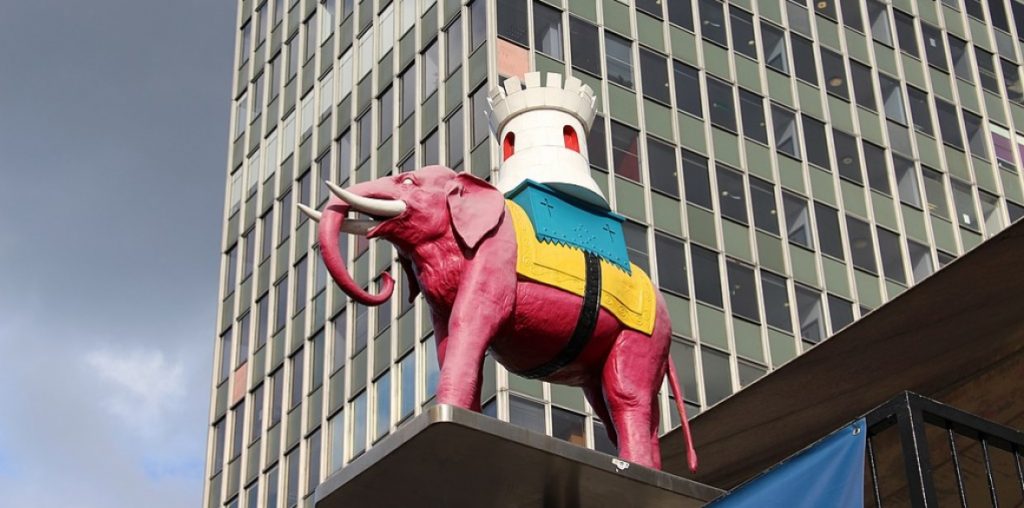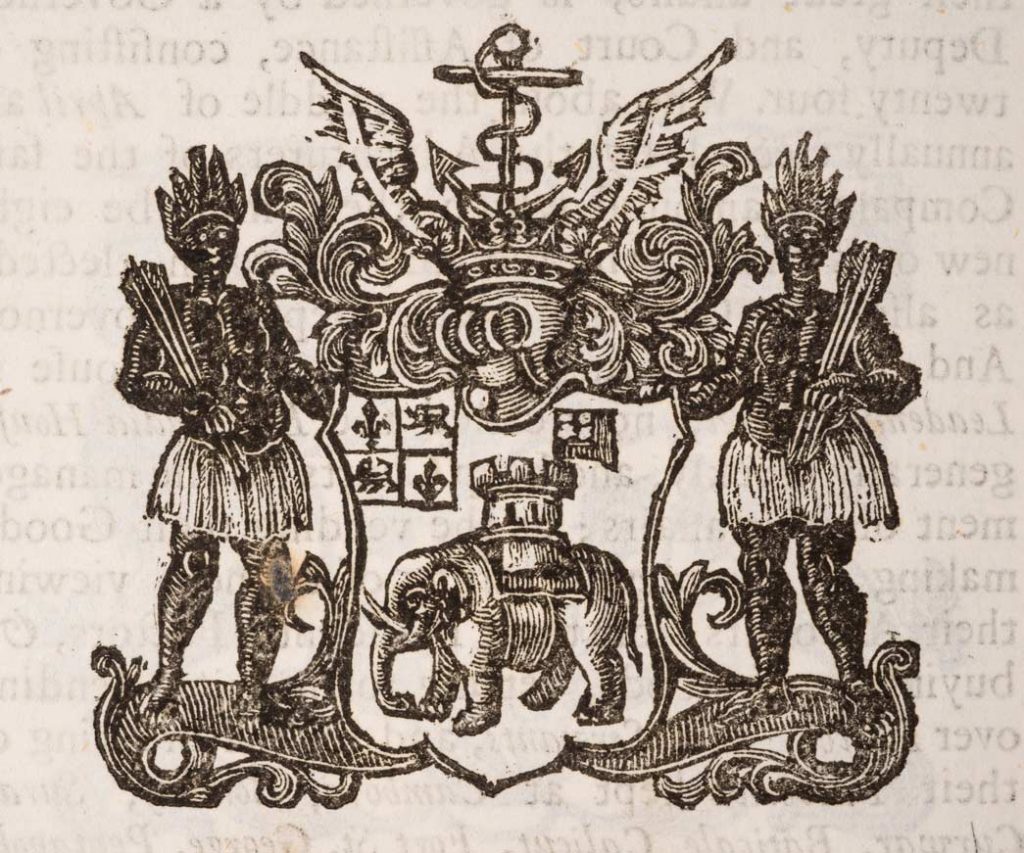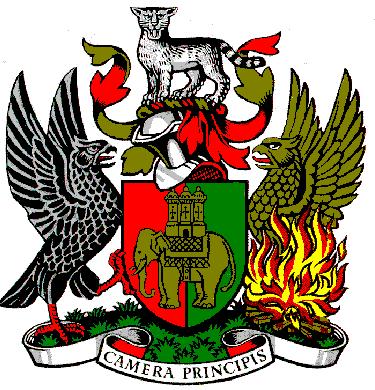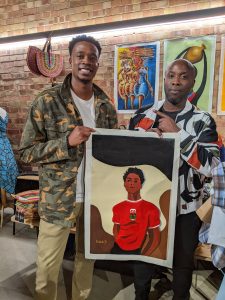For over 55 years, Elephant and Castle shopping centre has been a recognisable landmark of Lambeth.
Before you get to the roundabout, you can always spot the pink elephant first.
The pink elephant reminded me of the surrealist hallucinations that Dumbo experiences when he accidentally drinks champagne.
When news was announced that the Elephant and Castle shopping centre was being demolished in September 2020, a lot of the tenants and locals were upset.
This is to make way for new homes and university campuses for the London College of Communication.
Another win in modern day Gentrification right?!
If you knew the history of the logo of Elephant and Castle, you would probably want to be the first to press ‘swing’ on the bulldozer.
On October 1st, for Black History Month, Netflix dropped a show called ‘The Making Of An African Colony’.
Olasope Shashore, an author, historian, and former attorney general in Lagos State, produced and narrated the entire series.
In the first episode Olasope talks about the history of Nigeria or Guinea land, which was what the region of West Africa used to be called.
It starts with a history lesson on the Atlantic Slave Trade.
Origins of Slavery
In the documentary, we hear about Portugal, who began taking part in the Atlantic Slave Trade in 1444. They kidnapped 235 people from the newly discovered West Africa.
We then learn about Britain’s involvement and dominance from 1640, and the introduction of The Royal African Company (or RAC).
The RAC was a shipping corporation that was invested by King Charles II and the Duke of York in 1660.
It was also headed by Edward Colston, yes the very same Edward Colston in 1689.
The logo and crest was an elephant on top of a castle looks very similar, where have we seen this before?
RAC
Between 1680 and 1686, the RAC transported an average of 5,000 enslaved people per year.
Between 1680 and 1688, the RAC sponsored 249 voyages to Africa.
Enslaved people were branded with either DK on their arm which stood for the Duke of York or the RAC logo on their chest.
On the bottom of a gold guinea coin from 1686 bears the RAC logo, this is to show that the gold was provided by the RAC.
The RAC was eventually dissolved in 1750, to be replaced by the Company of Merchants trading to Africa.
Where you have seen this before
The elephant and castle logo isn’t new and has been used over the years:
Coventry’s coat of arms
On the Coventry city website, a local historian thought that the elephant had a religious meaning. “Animals were often treated as religious symbols and the elephant is seen, as a beast who is strong enough to carry the tower”
The Worshipful Company of Cutlers the elephant represents the ivory used to create swords, knives and other weapons.
Even though it does not have the same connotations as the Royal African Company, it still stings to know that the same crest was burnt onto the chests of enslaved people, to show that they are human property.
Like I said after reading this you probably want to be the first to queue up and press the swing button on the bulldozer in Lambeth.
#Adeptales #StayAdept #ElephantandCastle #PinkElephant #BlackHistory #Origins #Knowledge #Lambeth #SouthLondon #TheMakingofanAfricanColony








